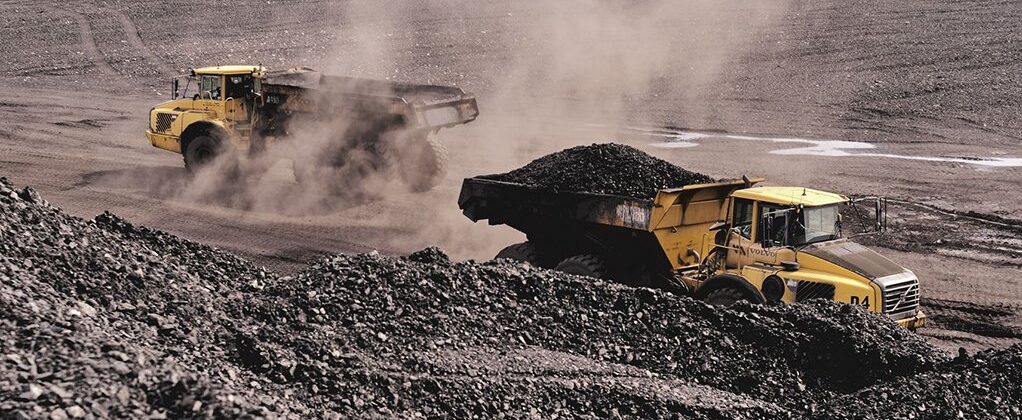by Flextra Engineered Products 0 comment
Coal financing is still booming – led by China
The amount of bank financing going to mining coal, the dirtiest fossil fuel of them all, remains at surprisingly high levels. Most of it is coming from China.
A new report from researchers at BloombergNEF shows that all funding for coal projects and coal-exposed companies needs to drop precipitously to limit the chances of global temperatures rising more than 1.5 °C by midcentury.
Banks arranged about $120-billion of financing for coal projects last year, equal to about 13% of all the financing arranged for fossil-fuel projects, according to BNEF. That ratio needs to fall to just 1% at most by the 2040s to limit the impact of climate change, BNEF’s research shows.
The lion’s share of the coal business emanates from China. In fact, 76% of measured coal financing – or $93-billion – took place in the world’s second-biggest economy last year. The US was a distant second at $10-billion, followed by $3-billion for both India and Germany.
All of the 10 largest coal underwriting banks are based in China, led by Industrial & Commercial Bank of China Ltd. ICBC’s ratio of financing low-carbon projects relative to fossil fuels was 0.57 to 1 in 2022, trailing the 0.73 average of the roughly 1 000 banks tracked by BNEF.
For the world to avoid the worst ravages of global warming, that ratio – which BNEF calls the energy supply banking ratio (or ESBR, more on that below)—needs to reach 4 to 1 by 2030 across the entire industry.
“Burning coal anywhere is a massive threat to our climate targets,” said Trina White, sustainable-finance analyst at BNEF. Banks need to develop a mechanism and then ensure they follow through to phase out the financing of coal assets on an accelerated timeline, she said.
“Just as important will be scaling up low-carbon supply to meet growing energy demand,” White said.
In China, coal output rose to a record 4.5-billion tons last year. The country also has continued to approve new capacity with domestic output currently running about 3.5% ahead of 2022 levels.
On the positive side, China, which burns more coal than the rest of the world combined, has pledged to reduce coal consumption by the middle of the decade. With supply ample, domestic production is expected to flatten in 2024, while imports may fall significantly. Australia, a major supplier, forecasts overseas purchases of the thermal coal used by China’s power plants will drop to 221 million tons from a record 302 million tons this year, according to the government’s latest quarterly report released Monday.
The International Energy Agency said last week that total coal consumption will reach a record high of more than 8.5-billion metric tons this year, and then start a long, steady decline. Demand will likely slide to 8.3-billion tons by 2026, the agency said in its coal 2023 report.
While coal remains the world’s biggest source of electricity, the increase in renewables installations is outpacing rising demand for power. Moving away from coal will be a critical part of the global fight to reduce carbon emissions.
The US and the European Union are driving the efforts, with coal consumption set to slide in both regions by more than 20% from 2023 through 2026, according to the IEA report.
However, demand in Asia is falling much more slowly, with China clearly in the spotlight. The country still uses more than half of the world’s coal and it remains the key nation to watch.

